1. What Is a Designer Dog?
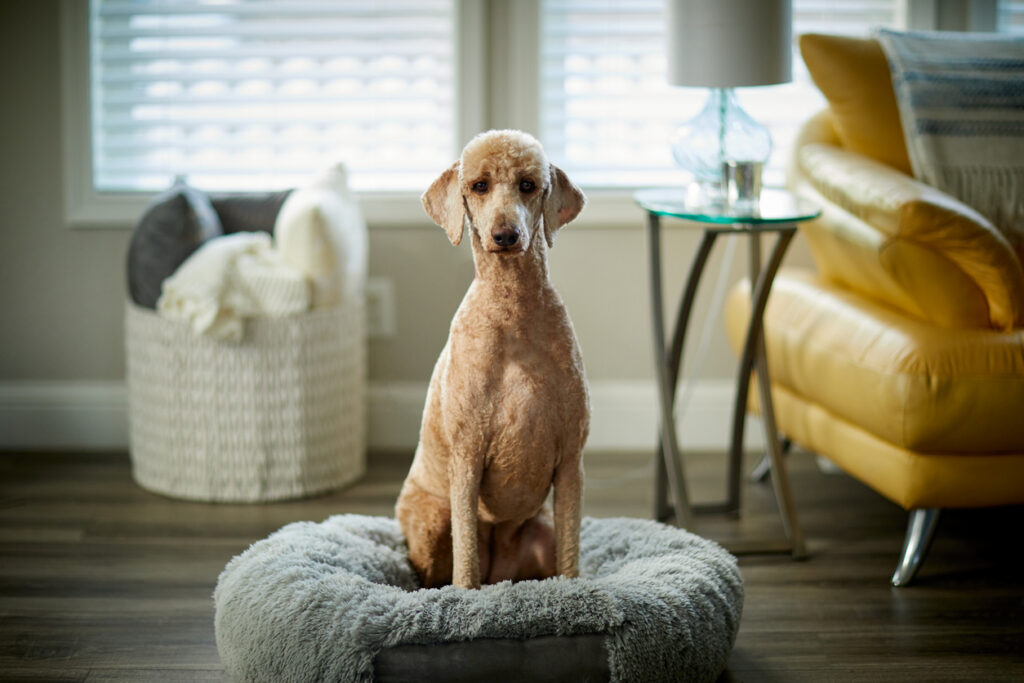
iStock
At its core, a designer dog is a deliberately bred mix of two specific purebred dogs. The idea is to combine the best traits of both breeds, creating an ideal pet. Think of the Labradoodle—bred from a Labrador Retriever and a Poodle. The aim is often to mix the intelligence and hypoallergenic qualities of the Poodle with the friendly, outgoing nature of the Labrador. However, despite this carefully planned breeding, designer dogs are still a mix, which essentially means they’re… mutts with a higher price tag and a snazzy name. The key question here: Why does a cute name suddenly make a mixed dog more valuable than a shelter dog?
2. The Price Tag That Comes With It
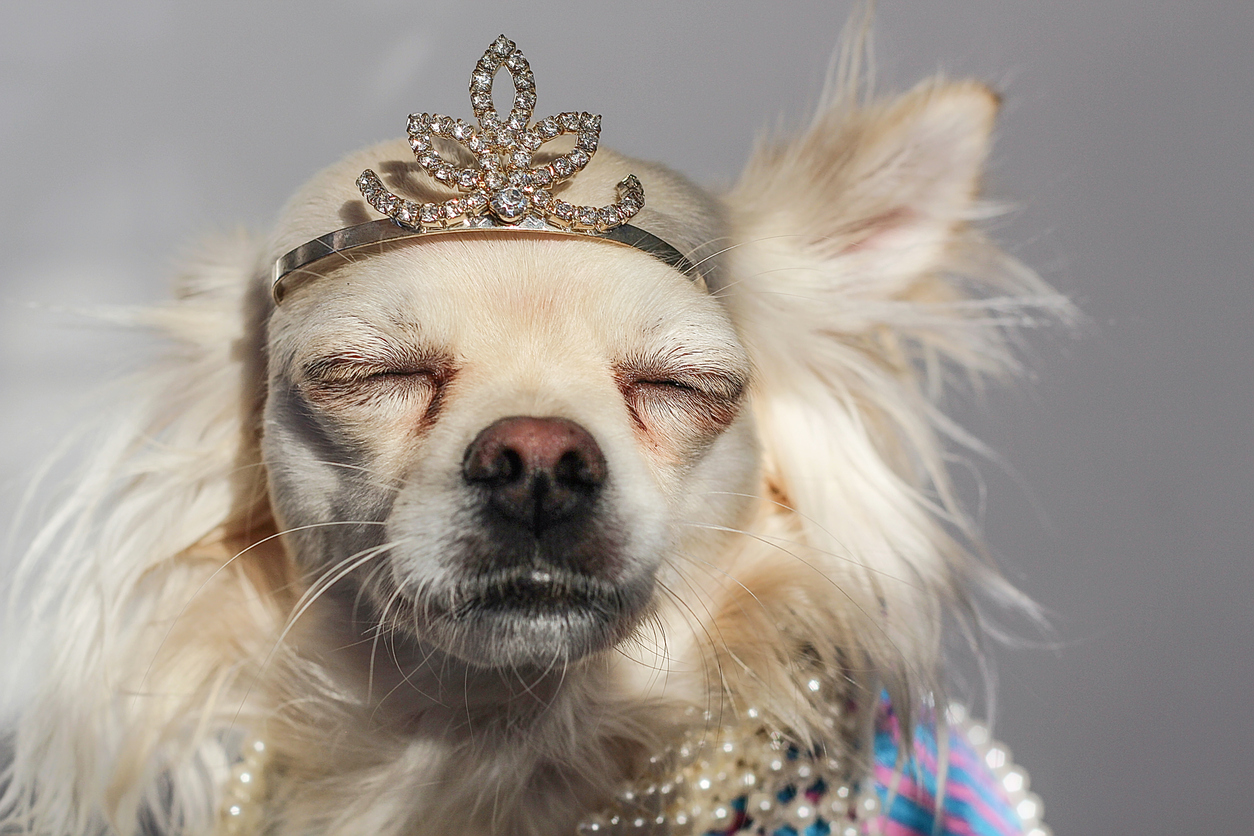
iStock
One of the biggest reasons people gravitate towards designer dog breeds is their higher perceived value. These pups come with a hefty price tag, often ranging from $1,500 to $3,000 or more, depending on the breed. The breeders often market them as hypoallergenic, intelligent, and well-tempered—traits they believe will make them more appealing. But at the end of the day, you’re paying for a mix of breeds with little genetic predictability. So, does a fancy name and a shiny price tag really justify the cost? Or are you just paying extra for a mutt with a polished pedigree?
3. The Debate Over Purebred Dogs vs. Mutts

YouTube
When people talk about purebred dogs, they often mean a dog with a clear lineage, free of any mixed heritage. These dogs are often championed for their breed standards, which dictate everything from temperament to physical appearance. In contrast, mutts—dogs with mixed breeds—have no predictable qualities. But here’s the twist: in the world of designer dogs, you’re essentially blending two purebred lines, creating a dog with no guarantee of traits beyond what’s desired. While a purebred dog might come with its own set of risks and quirks, a designer dog, like a mutt, can inherit an unpredictable blend of characteristics. So, which is more “authentic?”
4. What Do We Mean by “Hybrid Vigor”?
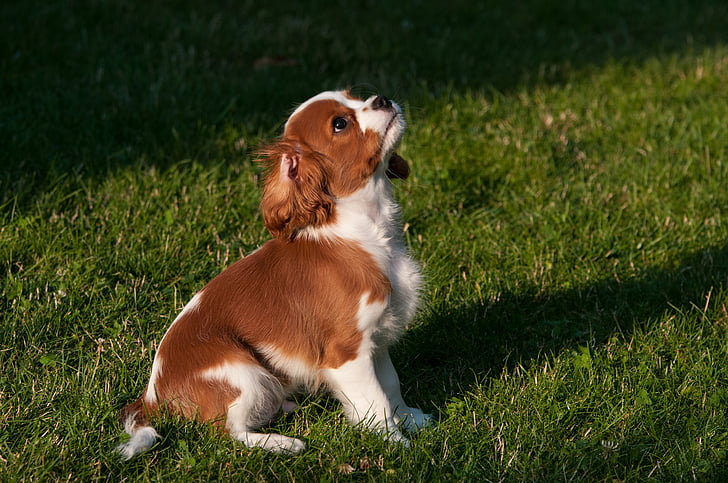
PickPik
One of the main arguments for designer dogs is something called “hybrid vigor.” This is the idea that crossbreeding two purebred dogs can result in healthier offspring, as the gene pool is broadened. In theory, hybrid dogs are less likely to inherit genetic disorders that might be common in their purebred parents. However, while hybrid vigor might offer some benefits, it doesn’t guarantee a healthier dog. Designer dogs can still suffer from the same genetic issues as their parent breeds. So, is this just another marketing tactic to make a mutt seem more appealing?
5. The Pitfall of “The Perfect Mix”

PICRYL
One of the selling points of designer dogs is the promise of the “perfect mix.” For instance, a Goldendoodle is expected to be the ideal balance of the affectionate Golden Retriever and the low-shedding Poodle. But, the reality is far from perfect. Just like any mixed breed dog, each puppy in a litter can vary greatly in appearance, personality, and health. This means that your “perfect mix” might end up with the worst qualities of both breeds. Whether it’s a high-energy dog that sheds more than expected or one that struggles with behavioral issues, the unpredictability of designer dogs makes the “perfect mix” an illusion.
6. Designer Dogs: A New Trend, Or Just a Repackaged Idea?
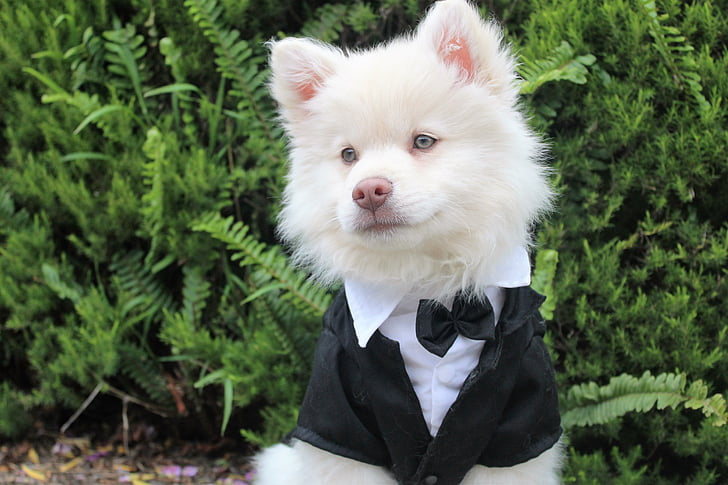
PickPik
Designer dogs might seem like a recent craze, but in reality, the idea of creating a specific dog mix has been around for centuries. Breeders have been crossing dogs for various reasons, from improving working ability to enhancing appearance. But what’s new today is the trend of marketing these hybrids as a premium product, complete with a catchy name. So, are designer dogs really a new phenomenon? Or are they just a marketing spin on the same dog mixes that have existed for decades?
7. The Ethical Dilemma of Breeding for Trendiness

Wikimedia Commons
When you breed dogs purely for their designer status, there’s an ethical question to be raised. While breeding can be a way to preserve certain traits and temperaments, the high demand for trendy breeds often leads to overbreeding and poor living conditions for the dogs involved. Many of these dogs are bred in subpar conditions, with little concern for their well-being. Is it ethical to prioritize trendy aesthetics over the welfare of the animals? The designer dog industry may be growing, but so are the ethical concerns surrounding it.
8. Mutts Are Often the Healthier Choice
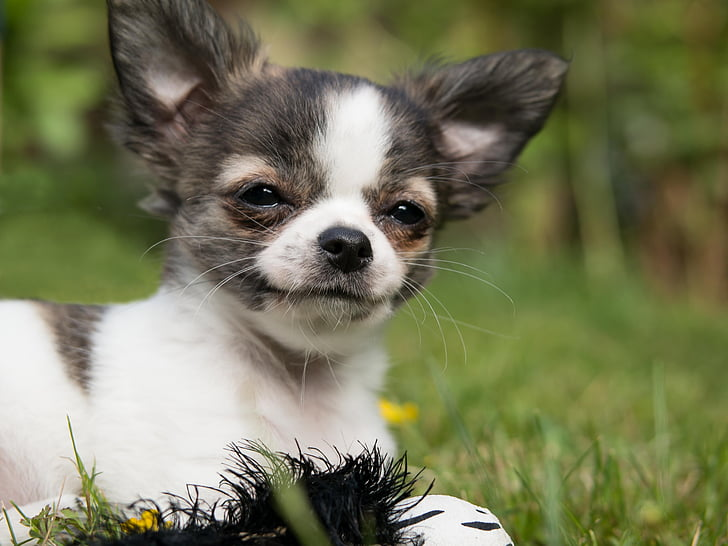
PickPik
Mutts tend to be more resilient and healthier than purebred dogs or designer dogs, simply because they are less likely to inherit the genetic defects often present in purebred lines. Designer dog breeders might tout hybrid vigor as a selling point, but mutts have their own natural advantages. Mixed-breed dogs often suffer fewer health problems because their gene pool is more diverse, and they come from a variety of genetic backgrounds. The irony is that the very thing that makes mutts seem less appealing—being a mix—might actually make them healthier and more adaptable pets.
9. The Rescuing Movement: Saving Mutts vs. Supporting Breeders
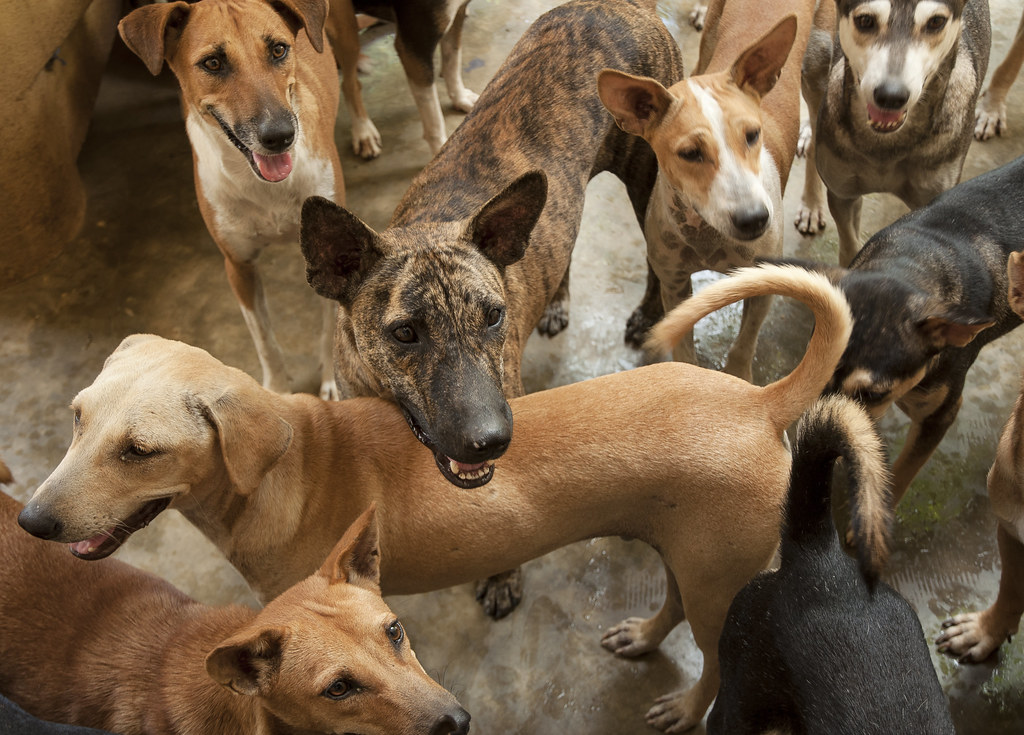
Flickr
Many people now advocate for rescuing dogs from shelters instead of buying them from breeders, especially given the large number of mixed-breed dogs in need of homes. By adopting a mutt, you’re not just giving a dog a second chance—you’re also skipping the potentially unethical practice of supporting designer dog breeding. Shelters are full of dogs with amazing temperaments and personalities, yet many people still flock to breeders for their designer pups. Could this trend be a sign that we’re overlooking the beauty of a good ol’ fashioned mutt?
10. Do Designer Dogs Really Live Up to the Hype?
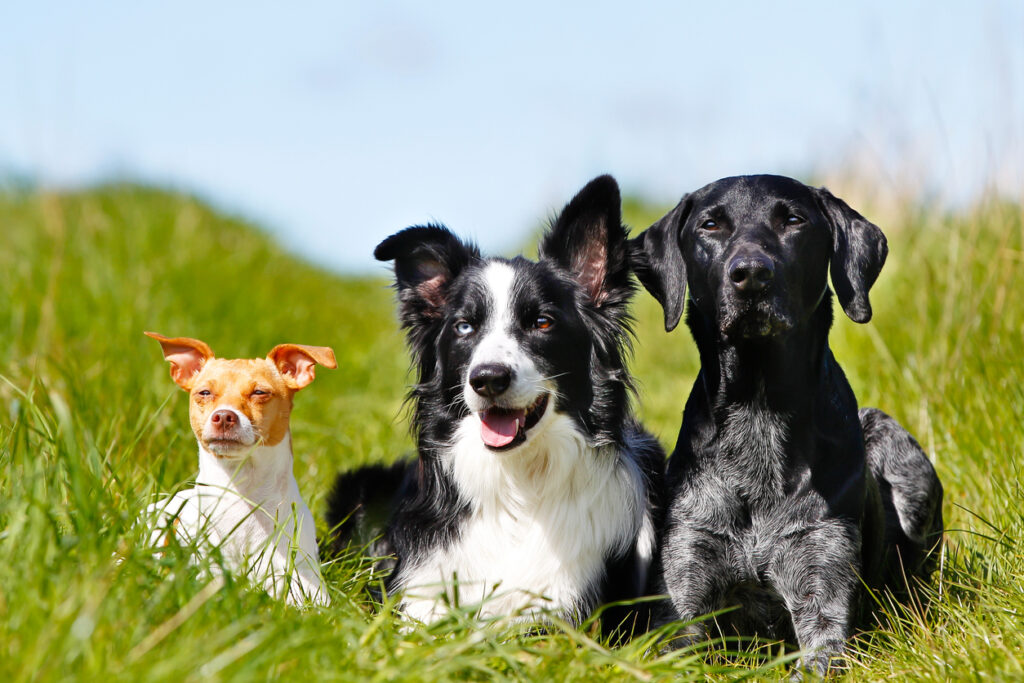
iStock
With all the hype surrounding designer dogs, do they really deliver on the promises of being hypoallergenic, easy to train, and perfect for families? The answer is complicated. While some designer dogs may indeed show positive traits from their parent breeds, the reality is that each individual dog is unique. Some may inherit more of one parent’s traits, while others may show characteristics that aren’t as desirable. So, while you might think you’re getting a dog that’s the epitome of the best qualities from both breeds, you could end up with something completely different.
11. The Social Status Symbol of Designer Dogs
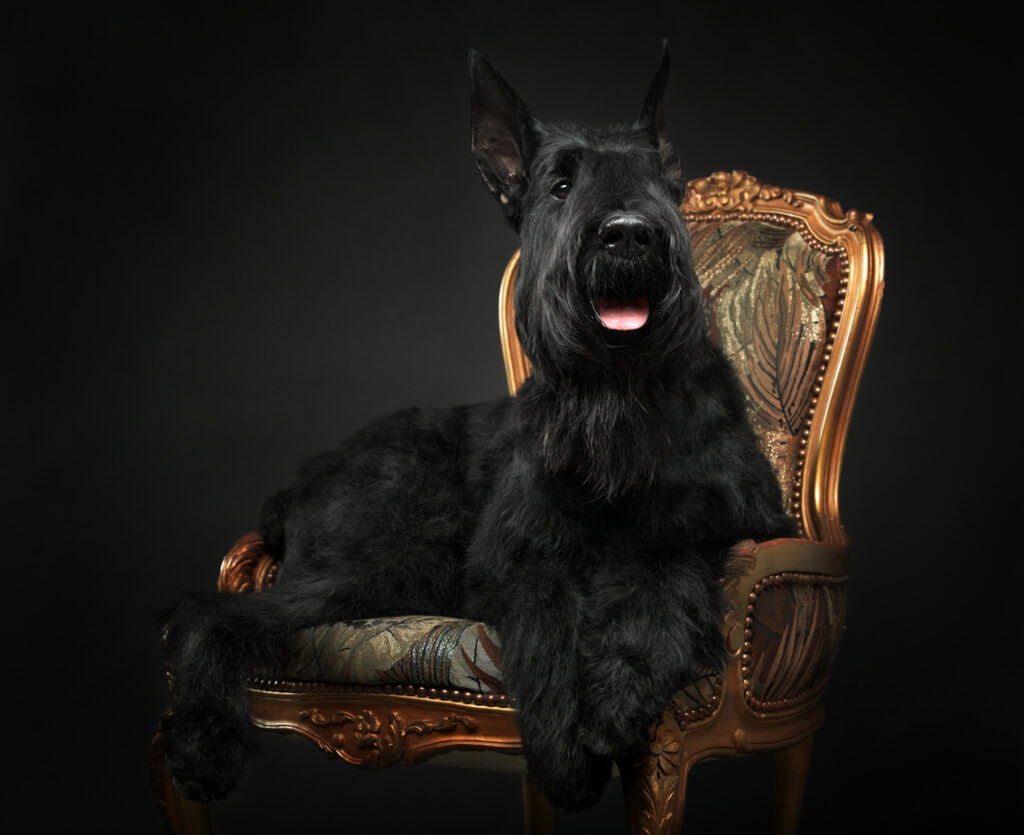
iStock
Let’s not ignore the fact that designer dogs have become a social status symbol. Having a Labradoodle or a Cockapoo is seen as a mark of being a “dog person” who has the means to pay for a more exclusive breed. The desire to own a trendy dog often stems from wanting to display one’s social standing, rather than simply choosing the dog that best fits one’s lifestyle. But does a designer dog really bring any more value to your life than a rescue mutt? Or is it just about impressing others?
12. The Mental and Emotional Needs of Designer Dogs
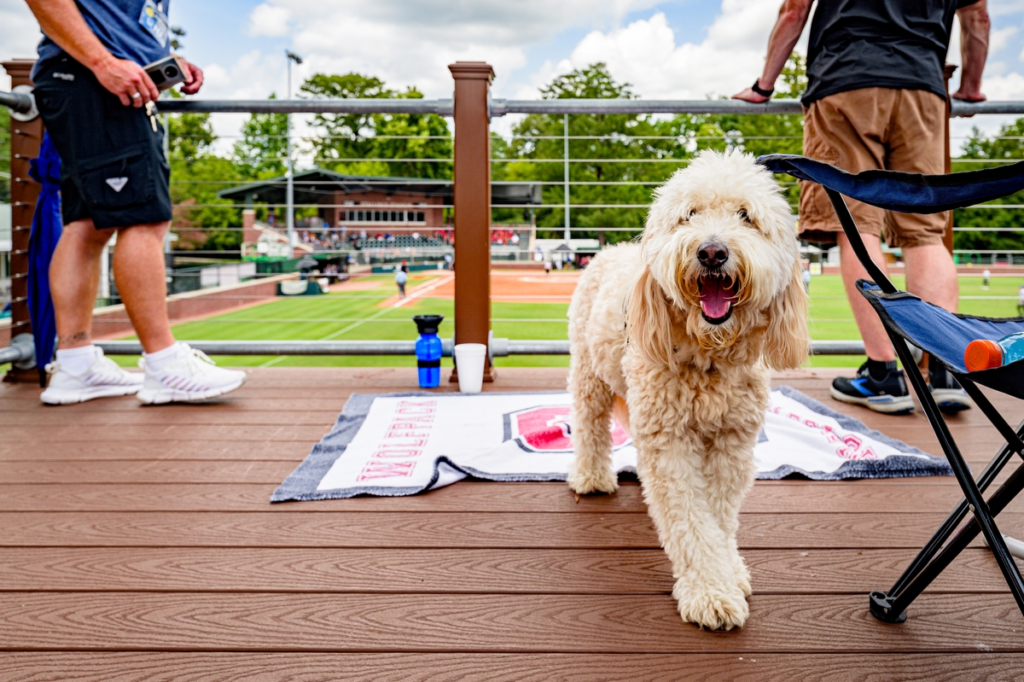
Rawpixel
No matter how fancy the breed, all dogs share the same basic needs: love, care, attention, and stimulation. While designer dogs might be marketed as easier to manage, they still require training, socialization, and regular exercise to thrive. The challenge is that people may expect these dogs to be “low maintenance” because of their breed’s reputation, only to find that they need just as much attention and care as any other dog. A dog’s needs go far beyond its breed—it’s the individual pet that matters.
13. Embracing the Beauty of Mutts

Flickr
Mutts are often overlooked in favor of purebred or designer dogs, but they have so much to offer. From their diverse appearances to their wide range of personalities, mutts bring a unique charm that designer dogs sometimes can’t match. And don’t forget—mutts are often the ones in need of a home, with thousands of them sitting in shelters waiting for someone to love them. So, next time you’re considering adding a dog to your family, maybe it’s time to rethink what makes a dog truly special. A designer dog might be trendy, but a mutt is a one-of-a-kind companion who will love you unconditionally.


